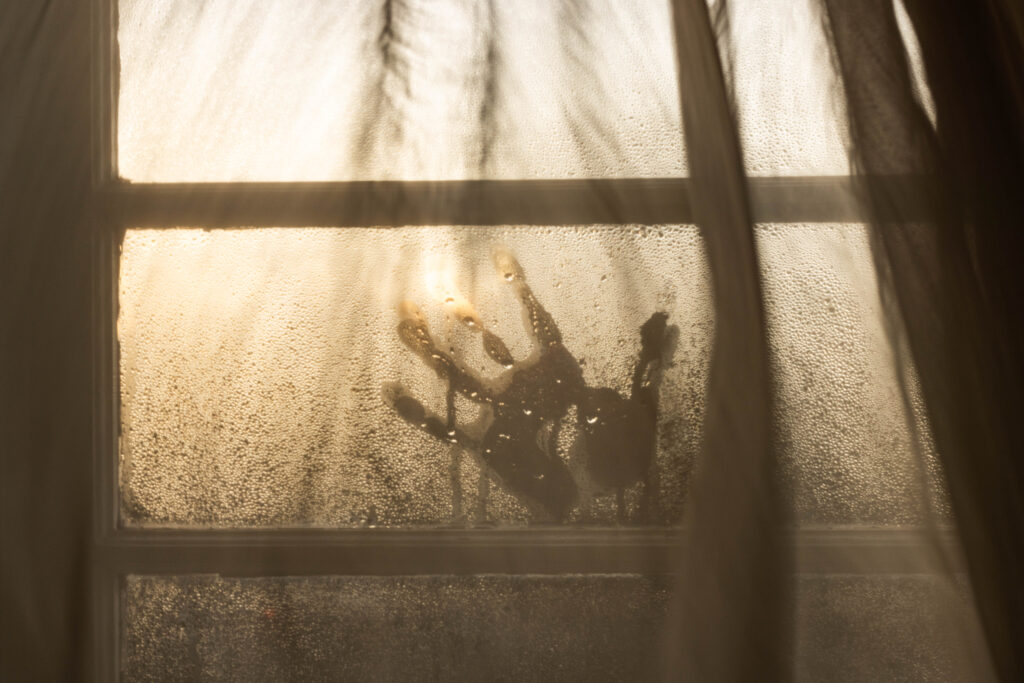
I’ve always been drawn to spaces. Not just the way they look, but the way they feel—the light, the atmosphere, the little details that whisper stories about the people who live there. I think that fascination comes from the life I lived as a kid, always moving, always adapting, always searching for “home.”
My family immigrated to the U.S. when I was young, and like many immigrant families, we moved often. Stability wasn’t a luxury we had. Instead, we bounced from place to place, learning to make each new space ours, even if only temporarily. For me, home wasn’t a constant—it was something fleeting, something I longed for.
But if my own spaces were ever-changing, that only deepened my curiosity about other people’s homes. American culture felt so different from what I was used to, and I was constantly trying to make sense of it. Homes became a way for me to do that. Every time I glimpsed into someone else’s house—whether through an open door, a window, or a rare invitation—it felt like peering into a world I wanted to understand.
I wasn’t just noticing furniture or decor. I was trying to piece together what it meant to belong, to settle into a life that felt permanent, rooted. In those moments, homes felt like tiny reflections of American life—how people lived, what they valued, how they expressed themselves in private spaces.
One home from my childhood stands out vividly in my memory. For a short time when I was in elementary school, we lived near the beach in Ocean City, New Jersey. It wasn’t ours, but it came furnished, and for the first time, I had a room of my own. That room had white curtains that caught the ocean breeze and a roll-top desk I thought was magical. The light in that space was warm and golden, and for the first time, I felt like I had a sanctuary, a space that felt entirely mine.
Those early experiences—of longing, of observing, of noticing—shaped the way I see the world, and ultimately, the way I see it through my camera lens. When I pursued my MFA, my fascination with spaces became the heart of my work. I photographed people in their homes, exploring the quiet ways that spaces hold identity, memory, and belonging.
What I didn’t realize at first was that those photos weren’t just about the people I was photographing—they were about me. That project became a mirror, reflecting my own journey of searching for home and connection.
Now, as an interiors photographer, I carry that same perspective into every space I photograph. I see design as more than just a creative expression; it’s a language, one that tells a story about the people who shape a space and are shaped by it in return.
Every time I step into a room with my camera, I feel that same sense of privilege I did as a child catching glimpses into other people’s homes. It’s a chance to honor not just how a space looks, but how it feels—to capture the emotions, the intention, the story behind it.
I think that’s why interiors photography resonates so deeply with me. It’s not just about beautiful rooms or impressive design. It’s about connection. It’s about the quiet ways that spaces hold us, shape us, and reflect who we are.